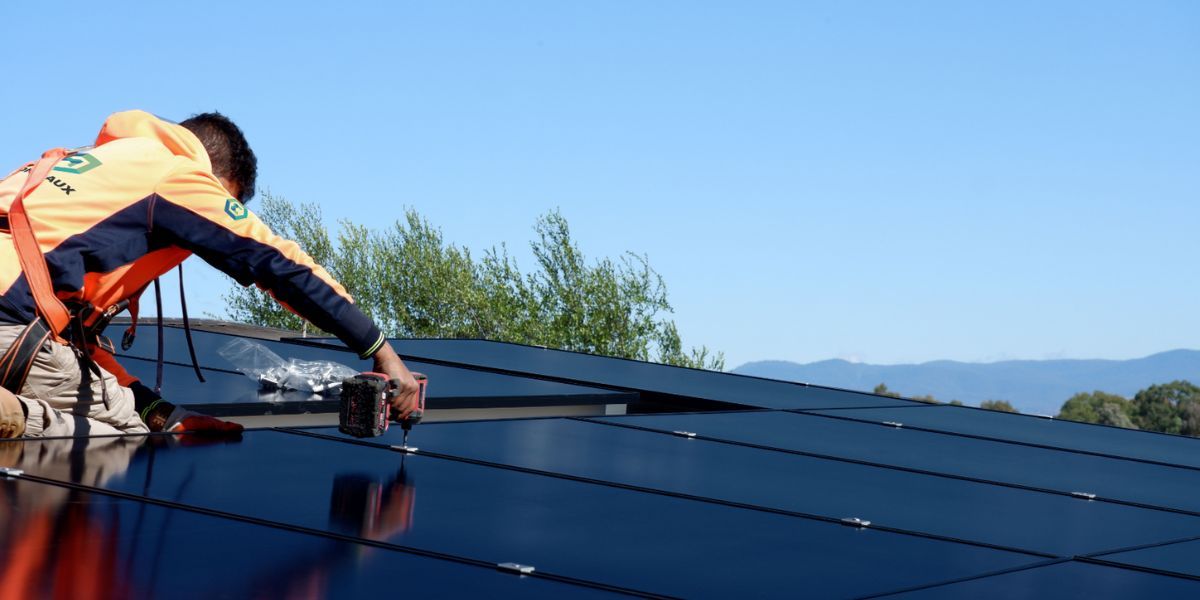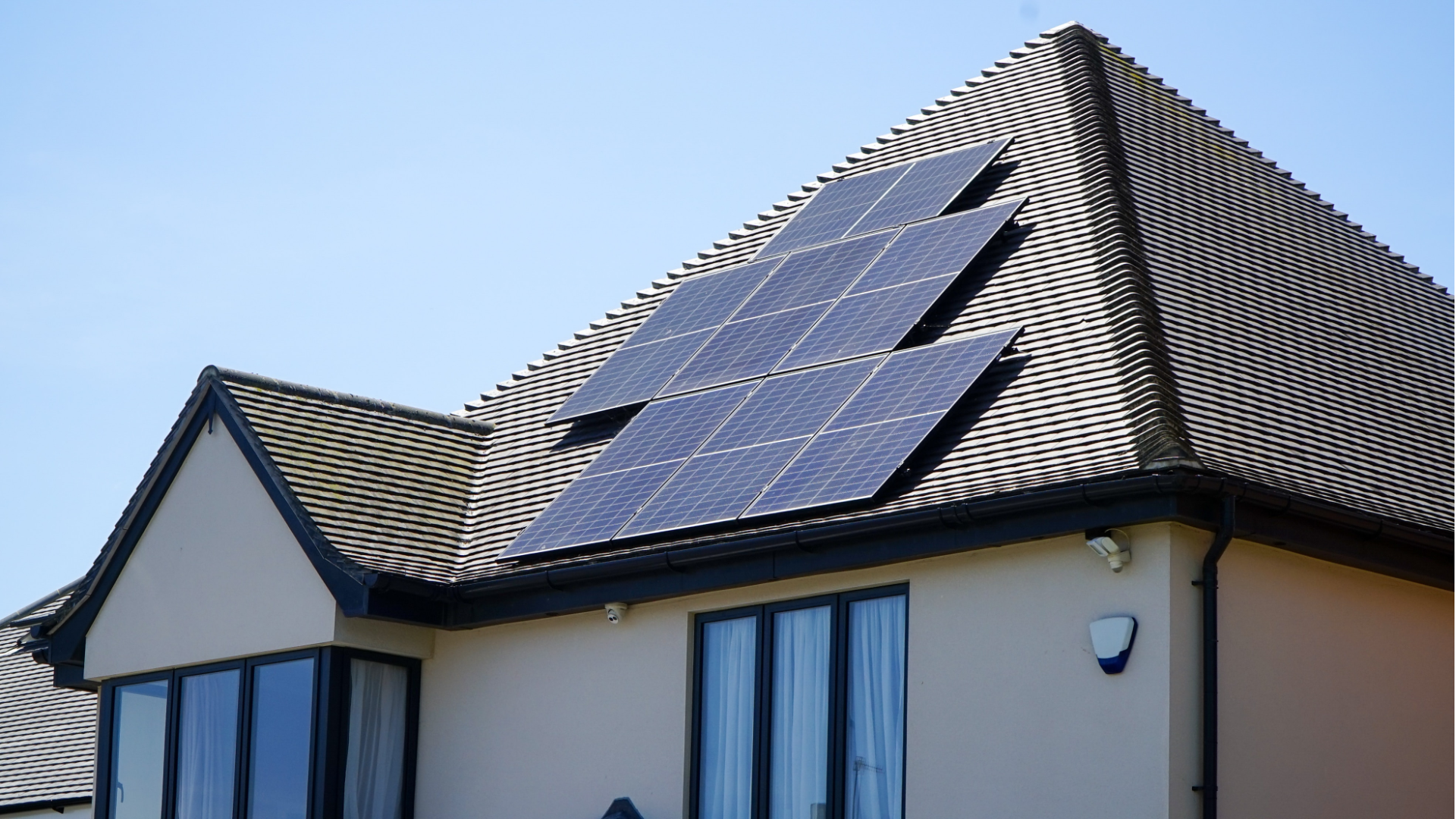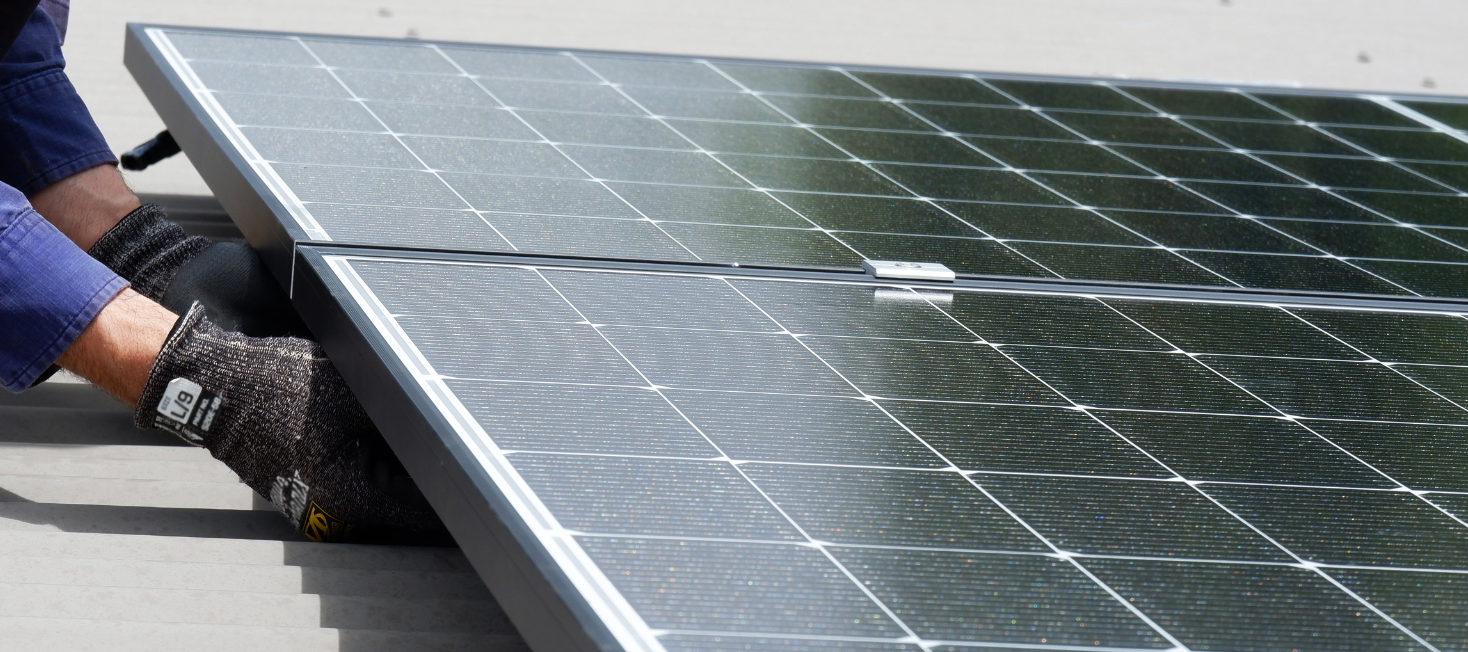Here to help
Still Having Problems With Your System?
Don’t worry, simply submit a support ticket to our after sales team, and one of our service technicians will get in touch with you within 48 hours. Your satisfaction is our top priority.
Submit A Support Ticket
Tour The Showroom
Call now to book your guided showroom tour with one of our renewable energy consultants.
32 Kembla Street
Fyshwick ACT 2609
Popular Questions
More Information
At Mondiaux Solar, we believe in providing top-notch support even after installation. Our articles offer valuable information on how to properly care for your solar panels. Learn more about maintenance tips, cleaning techniques, and troubleshooting advice to ensure your solar system functions efficiently for years to come. Trust Mondiaux Solar to not only provide high-quality solar panels, batteries, and inverters, but also the support you need to keep them in top shape.





